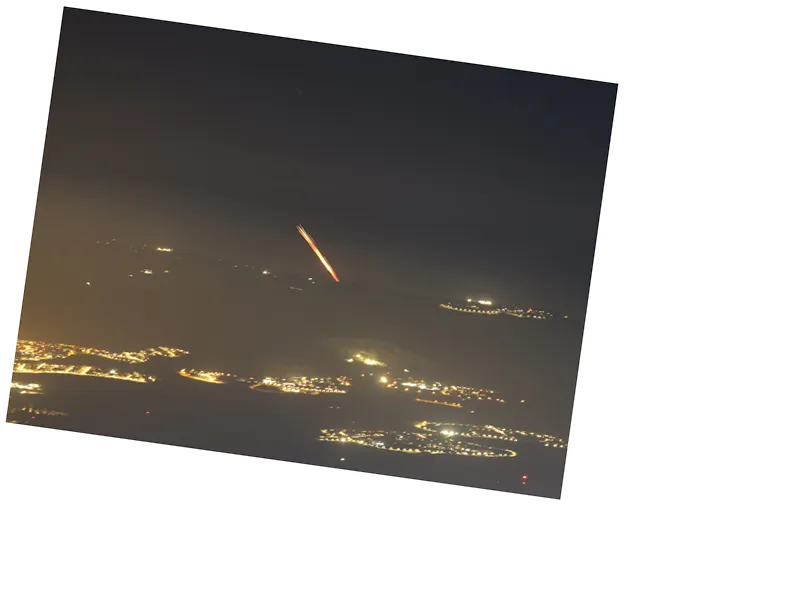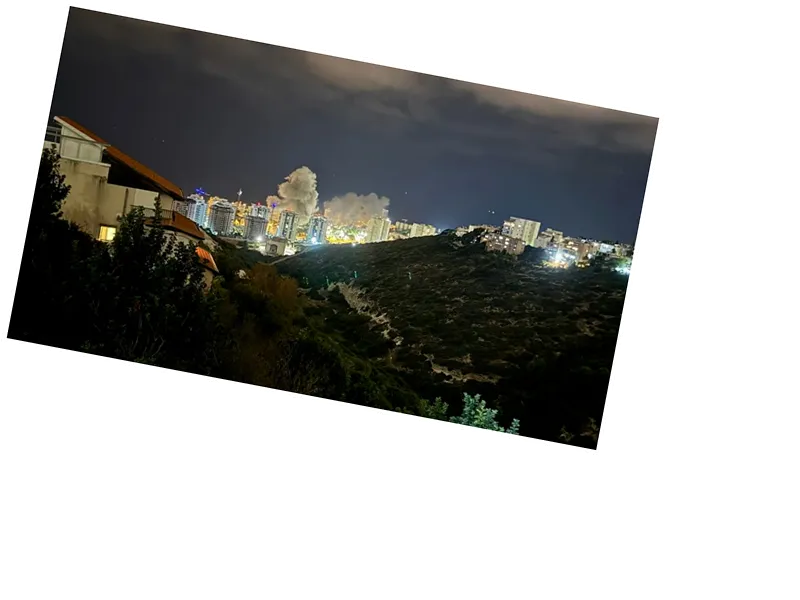Hezbollah Unveils Fadi Missiles: A New Threat to Israel
Hezbollah has recently showcased its latest military advancement with the introduction of the Fadi missiles, part of its growing arsenal aimed at challenging Israeli defenses. The Fadi 1 and Fadi 2 missiles, which are Syrian-made and comparable to Iran's Khaibar missile, were first highlighted in a video released by the group on August 16, 2024. These missiles are significant not only for their specifications but also for their intended use in escalating tensions in the region.
The Fadi missiles are classified as medium-range guided missiles, with the Fadi 1 having a caliber of 220 mm and a range of approximately 80 kilometers, while the Fadi 2, with a caliber of 303 mm, boasts a range of 105 kilometers. Their accuracy makes them a formidable addition to Hezbollah's military capabilities, particularly in targeting strategic locations within northern Israel.
A Tribute to Resistance: The Naming of Fadi Missiles
The Fadi missiles are named in honor of Hassan al-Tawil, a resistance fighter and brother of Hezbollah commander Wissam al-Tawil, who was killed in 2024. Hassan's legacy as a fighter during the Lebanese resistance against Israeli forces since 1982 is commemorated through these missiles, symbolizing Hezbollah's commitment to its cause. His involvement in various combat missions and ultimate sacrifice during the “Badr Al-Kubra” operations has made him a significant figure in the group’s history.
Escalation of Conflict: Fadi Missiles in Action
Following their introduction, Hezbollah launched a series of missile attacks on northern Israel and the Syrian Golan Heights in September 2024, marking a new phase of conflict. On September 22, Hezbollah fired dozens of Fadi 1 and 2 rockets in retaliation for Israeli bombings that targeted communication systems. The missiles aimed at the Ramat David base and Rafael military industries complexes, although the Israeli army reported intercepting most of the incoming projectiles, resulting in no casualties. This escalation underscores the ongoing tensions and the potential for further conflict in the region.






